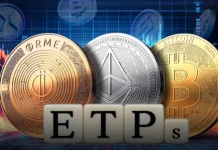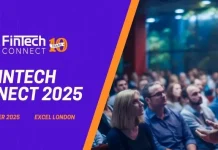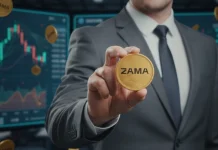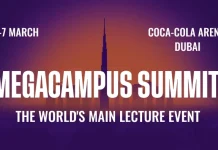Non-fungible tokens (NFTs) have been dominating every corner of the cryptocurrency space. Although the hype that emerged a few years back has settled, it is still relevant. They include creations like music, videos, artwork, and more residing on blockchain networks.
As more developers and collectors enter the space, the demand for free NFT marketplaces with competitive and transparent fee structures continues to grow. Whether you want to mint your first NFT or manage a large collection, minimising gas and platform fees is important for profitability.
Key Factors
Here are a few factors to consider while selecting affordable NFT marketplaces in 2026:
- Costs – Check transaction fees and minting costs like gas fees
- Technology & Platform – Check blockchain and wallet compatibility for the chosen NFT marketplace
- Security – Measures like two-factor authentication, encryption protocols, and fraud protection systems need to be in place.
Top 5 Lowest Fee NFT Marketplaces
1. Blur – Visit
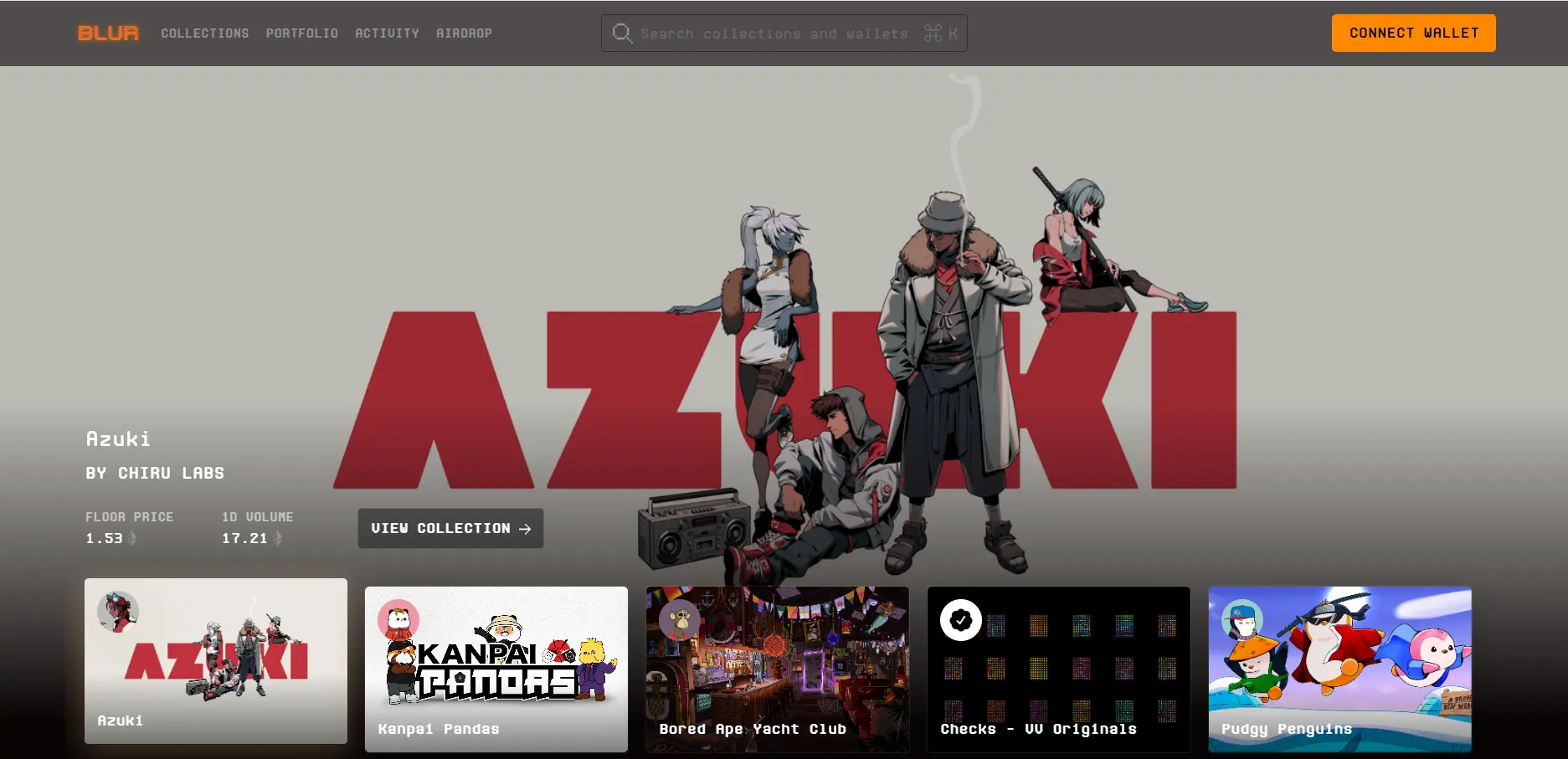
Established in 2022, Blur is one of the fastest emerging NFT marketplaces in 2026, built on Ethereum. It was developed by a group of individuals from giant organisations like Twitch, Citadel, and MIT. The fees of NFT marketplace are 0% for NFT sales. The royalty rate for buyers charged by the sellers is flexible, ranging from 0% to 100%.
Although Blur charges gas fees, they are minimised by bulk listing and delisting. There are other costs, like gas fees charged on the Ethereum network for actions like transferring or minting NFTs.
However, the platform’s success was not built on fast trading or zero fees, but on incentives, a structured reward system that attracted users and kept them glued to the marketplace. Care packages, loyalty scores, and gamification elements push gamers and artists to higher ranking tiers.
2. Binance NFT – Visit
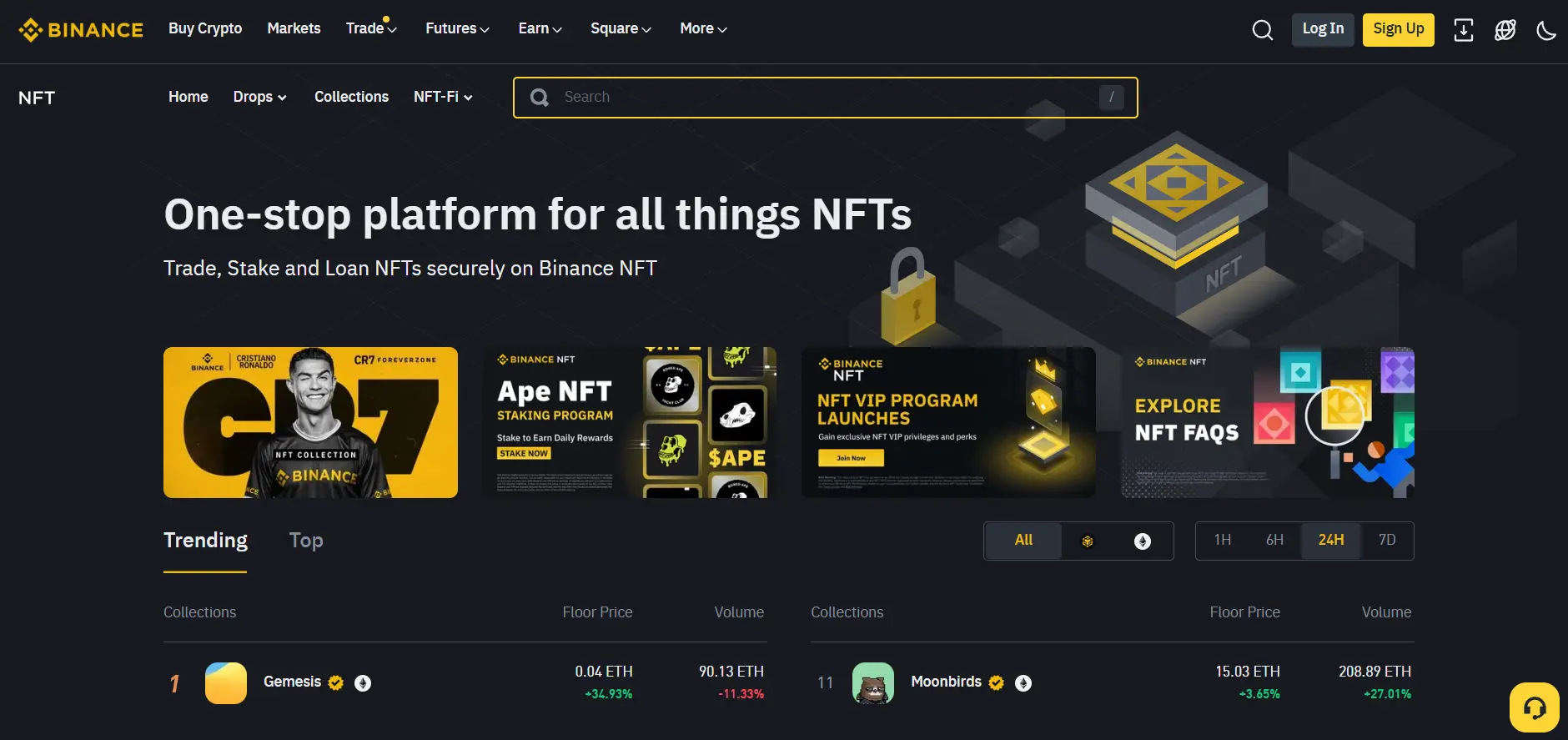
Binance NFT Marketplace was introduced in 2021 as a crypto exchange, which later expanded to serve NFT users by developing its independent marketplace. Binance NFT offers a plethora of virtual assets, including gaming items, collectibles, and art on its user-friendly platform. It charges a competitive trading fee of 1%. The cost-effective Binance NFT platform supports more than 1,500 cryptocurrencies as payment methods, providing added flexibility in how traders trade and purchase NFTs.
Built on its own blockchain network, Binance NFT offers the core benefits of Binance’s infrastructure, including efficiency, security, and scalability, as well as other perks like quick registration with instant access to trading, buying, and selling NFTs without onboarding delays. Furthermore, Binance NFT offers low minting costs, allowing easy access for creators who want to launch their virtual assets.
3. Magic Eden – Visit
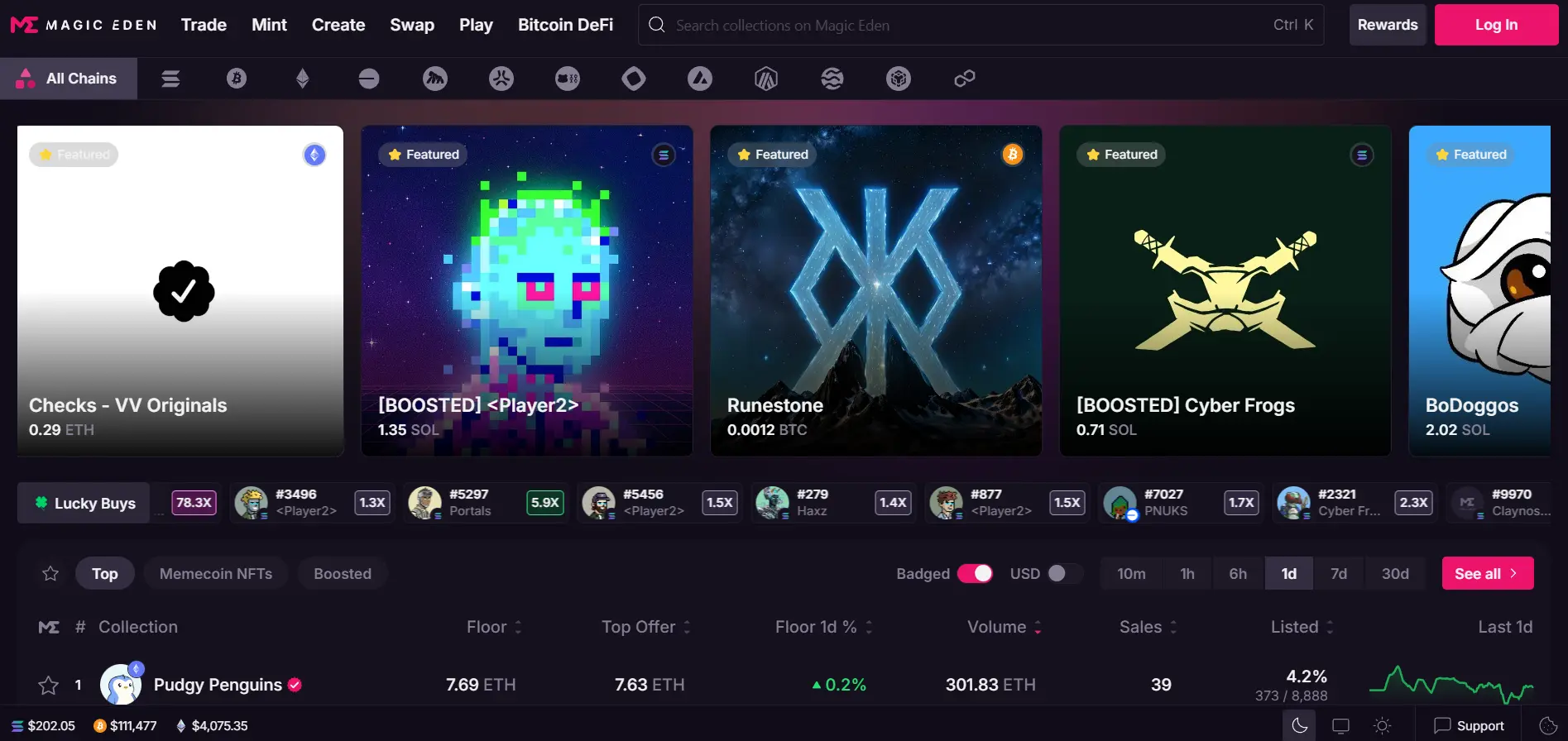
Magic Eden, developed in 2021, gained rapid popularity due to its fast transactions, low fees, and support for superior-quality NFT collections. It is based on Solana and is considered one of the top NFT marketplaces for trading and minting NFT collections, with more than $300 million in transaction costs in 2022.
Magic Eden NFT marketplace has a unique feature that supports creator royalties, making it best suited for artists who can earn from secondary sales of their collectibles. Added to that, the transaction fees are fixed at 2%, low enough to make Magic Eden’s NFT marketplace a preferred platform for both investors and virtual creators.
4. Mintable – Visit
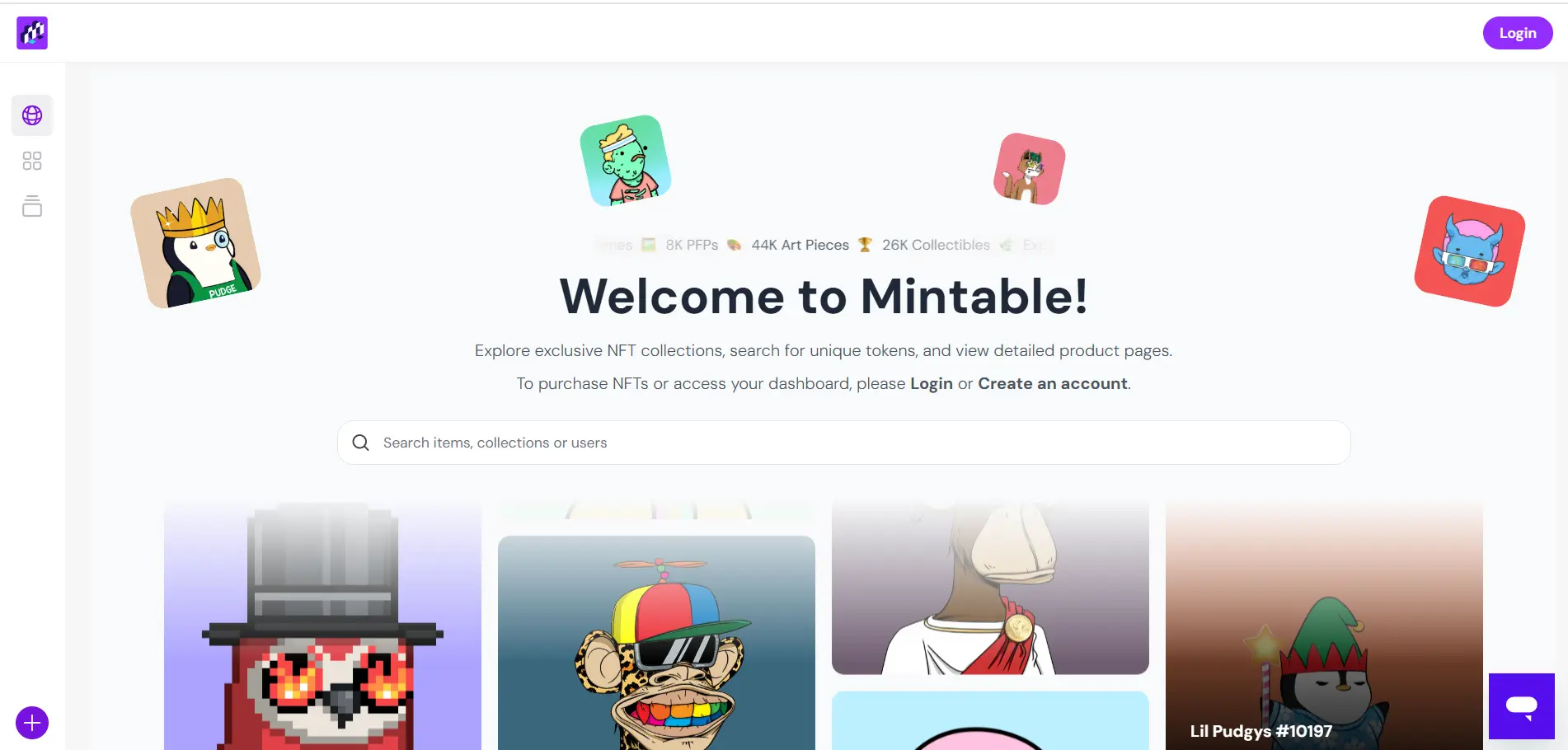
Mintable’s Ethereum NFT marketplace is supported by a popular billionaire entrepreneur, Mark Cuban. The platform is ideal for minting, buying, and selling NFTs as it uses P2P transactions without any intermediaries required.
Mintable is well-suited for digital collectors and creators, offering a multitude of NFTs that include photography, digital art, games, videos, and even domain names to cater to a diverse community.
The transaction fee is 2.5% on regular NFT listings, while the Mintable Pro category charges a slightly higher fee of 5%. The platform also charges gas fees, depending on the transaction type.
5. LooksRare – Visit
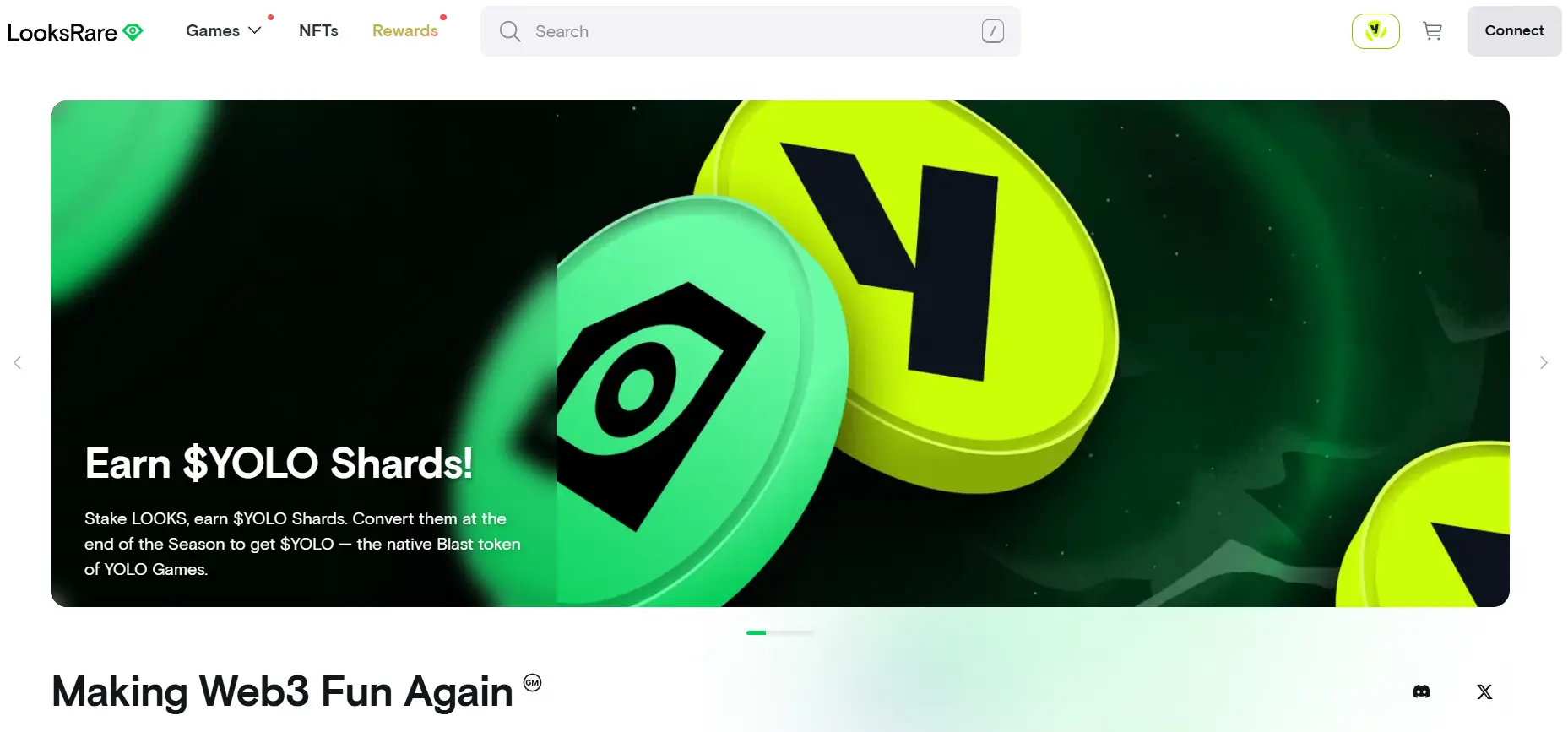
LooksRare NFT marketplace stands out as an attractive platform that incentivizes gamers and artists through staking and rewards programs. This emerging NFT marketplace focuses on high-quality digital art supported on the Ethereum blockchain.
LOOKS token holders can stake them to earn returns of up to 25% APY, along with other rewards like transaction fees for supporting the blockchain network. The transaction fee on LooksRare is only 0.5% with mandatory gas fees for making transactions on the Ethereum network. However, LooksRare has recently moved to V2, allowing users to save up to 30% on gas fees now.
Comparison Table of Fees
| NFT Marketplace | Buyer Fees % | Seller Fees % | Royalty Handling | Gas Fees | Withdrawal Charges |
| Blur | 0%-100% | 0% | Enforced | On-chain | 0 |
| Binance NFT | Variable | 1% | Enforced | On-chain | Variable |
| Magic Eden | 2% | 0% | Optional | On-chain | 0 |
| Mintable | 2.5%-10% | 2.5%-5% | Optional | Hybrid | 0 |
| LooksRare | 0.5% | 0.5% | Optional | Hybrid | 0 |
Understanding NFT Marketplace Fees
For efficient NFT trading, one needs to understand the different NFT marketplace fee types discussed below –
1. Transaction fees
Transaction fees are associated with buying, selling, and minting NFTs that include gas fees. Marketplaces with lower transaction fees are more preferred by digital creators, developers, and collectors.
2. Marketplace commissions
Marketplace commissions or service fees typically range between 1% to 2.5%. They are generally deducted from the final sale and may include the gas fees for certain NFT marketplaces.
3. Creator royalties
Creator royalties are allocated to the original creators on secondary sales. Royalty fees generally range between 5% and 10% depending on the type of NFT.
4. Hidden/indirect fees
Hidden or indirect fees, like listing fees, may be present on premium or curated platforms. Users must look for these fees on the chosen official NFT marketplace before deciding to buy or sell NFTs.
Conclusion & Recommendation
If you’re looking for the best platform to sell NFT without gas fees, there are plenty of options in the market. They are slowly taking over the paid ones. This is due to the low-cost transactions and efficiency in trading offered.
However, choosing a low-cost platform may not be the best choice because of a significant trade-off with key factors like liquidity, ecosystem strength, and user base. Therefore, choosing a platform wisely is important, keeping in mind usability, security, liquidity, as well as affordability. Ultimately, choosing a platform will highly depend on the individual’s business scale and their overall approach to the blockchain ecosystem.




